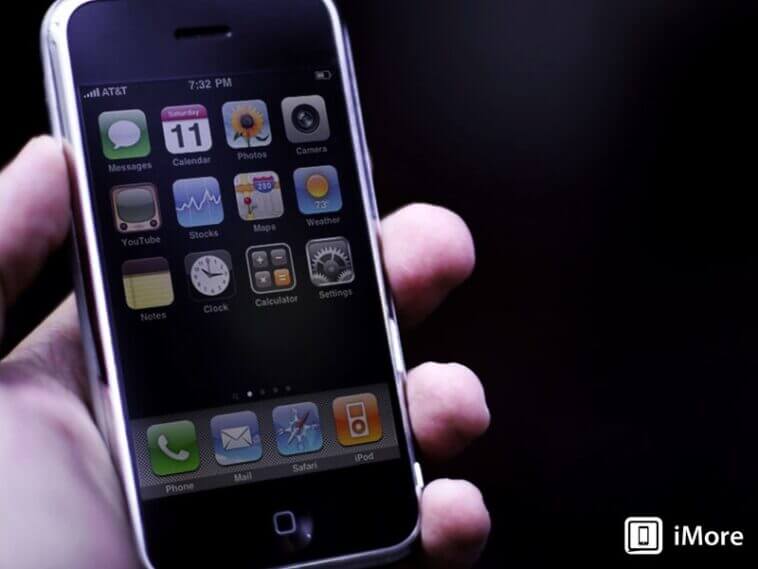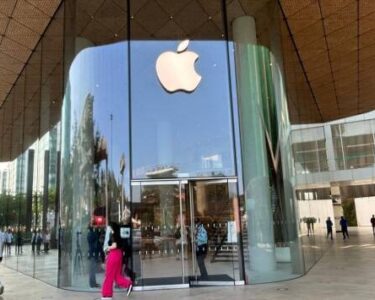Apple introduced the App Store on July 10, 2008, five years ago this week. Over the course of the next few days, we’re going to take a look back at the origins and development of the App Store, and forward to its potential future. That future began with launch day. Apple went from no apps to hundreds of them overnight. And for the first time ever, every up-to-date device across an entire platform had a centralized, unified place where customers could go to easily, and safely buy apps. One tap on one icon on one Home screen, and they were in and buying with one login and one account. Just like the iPhone had made mobile computing mainstream, the App Store now made mobile apps mainstream. The world has never been the same.
Some software makers saw a chance to get rich quickly with cheap gimmicks, while others made efforts to turn venerable websites or desktop programs into mobile apps. Others still came up with entirely new ideas that endure even now.
By looking back, we can learn a lot about how the App Store matured and evolved. Novelty apps that thrived when the iPhone itself was still a novelty eventually gave way to sophisticated games. Other apps proved so popular that Apple eventually built their features into iOS itself, effectively dooming them as stand-alone products. The ideas that have stuck around longest have either benefitted from the backing of tech giants, such as Google and Facebook or have kept themselves fresh through years of feature updates.
To come up with this list, we used archive.org and its March 2009 snapshots of the app listing website AppShopper, compiling a list of the most popular 15 apps for both the free and paid categories. We chose this over Apple’s own “Best Apps” list from the time, because they better represent what people were doing with the App Store, rather than what Apple aspired for people to do. We also excluded games (they’re probably an article unto themselves), and ignored a couple of apps that were essentially clones of others.
The time between the developer preview for iOS 4 and iOS 5 was the longest to date. Rather than a spring event like in previous years, Apple didn’t reveal any details of iOS 5 until WWDC 2011 in June. Also, rather than a summer release, general availability was held off until October of that year. So what did Apple manage to achieve with those extra months? Several things weren’t made available to developers, including Siri and Notification Center widgets. iCloud, however, and the sync services that came with it were big. As was Newsstand and its subscription services, at least potentially. In keeping with tradition, however, neither was without controversy.
You can “get apps” on iTunes now, but you’ll need the iPhone 2.0 software to actually use them on the iPhone, which isn’t yet available.
There are 27 pages of applications currently available. We’re updating our directory with the more interesting applications now. At first glance, there are very few non-English applications. Another interesting trend – a lot of books are listed as applications, most for $0.99 (I just bought Heart of Darkness, for example).
According to Pinch Media, the App Store had 552 applications at launch. 135 of these apps are free, while the remaining 417 range in price from $0.99 to $69.99, with the vast majority ranging between $0.99 and $9.99.




